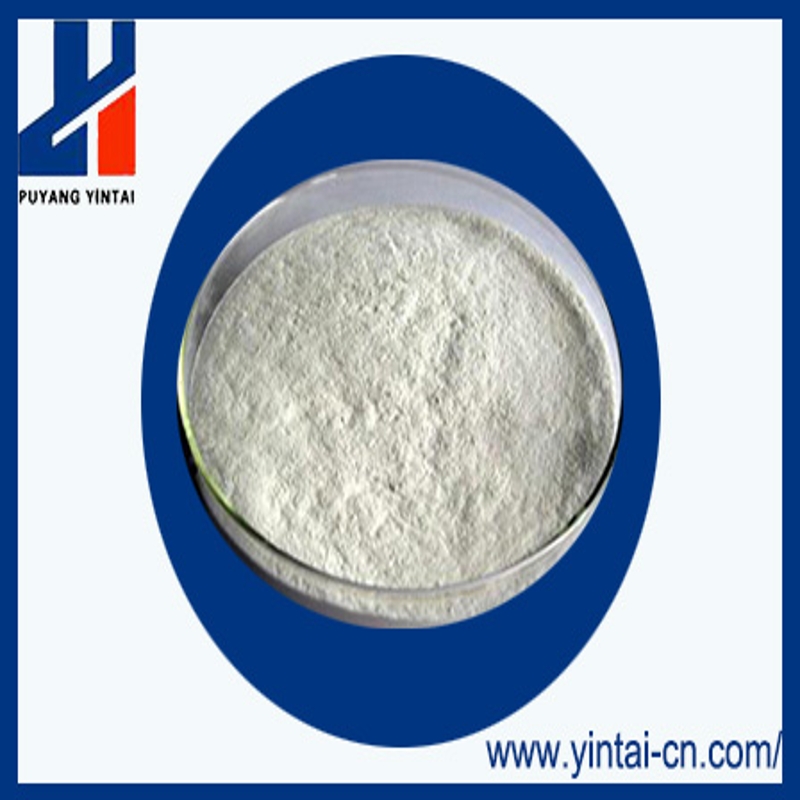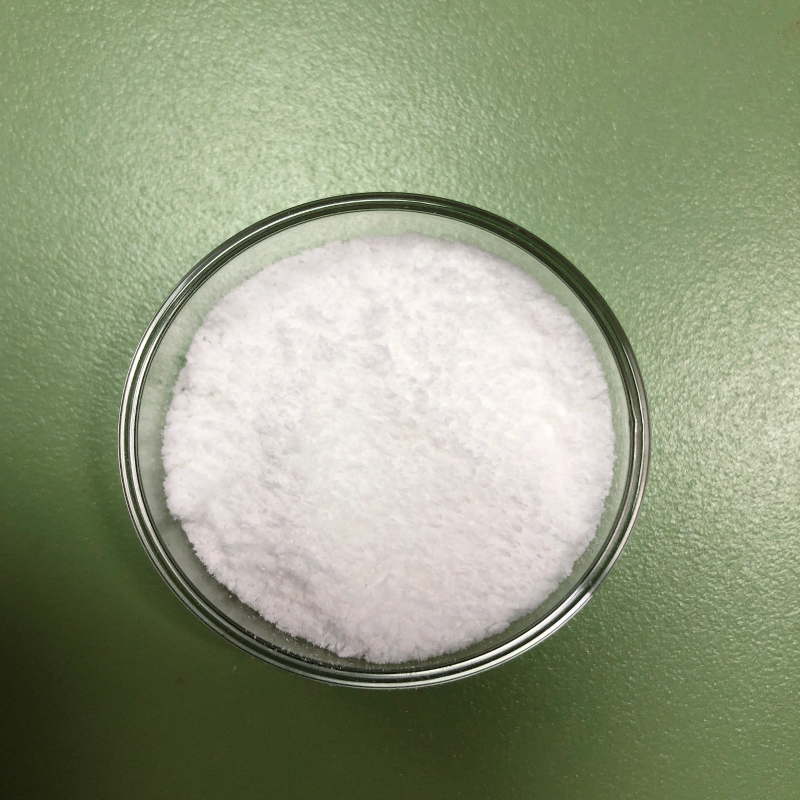-
Categories
-
Pharmaceutical Intermediates
-
Active Pharmaceutical Ingredients
-
Food Additives
- Industrial Coatings
- Agrochemicals
- Dyes and Pigments
- Surfactant
- Flavors and Fragrances
- Chemical Reagents
- Catalyst and Auxiliary
- Natural Products
- Inorganic Chemistry
-
Organic Chemistry
-
Biochemical Engineering
- Analytical Chemistry
- Cosmetic Ingredient
-
Pharmaceutical Intermediates
Promotion
ECHEMI Mall
Wholesale
Weekly Price
Exhibition
News
-
Trade Service
MicroRNAs (miRNAs) are single-stranded noncoding RNAs about 21-25 nucleotides in length that regulate gene expression
post-translationally and at the translational level.
Recently, the ruminant nutrition and feed innovation team of the Feed Research Institute of the Chinese Academy of Agricultural Sciences, in collaboration with researchers from the University of Alberta and the University of Calgary in Canada, found that miRNAs in extracellular vesicles of Simmental bovine colostrum may play a role
in regulating the growth and health of young ruminants.
The findings were published in JDS Communications
.
post-translationally and at the translational level.
Recently, the ruminant nutrition and feed innovation team of the Feed Research Institute of the Chinese Academy of Agricultural Sciences, in collaboration with researchers from the University of Alberta and the University of Calgary in Canada, found that miRNAs in extracellular vesicles of Simmental bovine colostrum may play a role
in regulating the growth and health of young ruminants.
The findings were published in JDS Communications
.
Colostrum is the "first meal" of young animals after birth, and in addition to being rich in nutrients and immunoglobulins (mainly IgG), it also contains other bioactive components such as miRNA, but its composition and function are not yet specified
。 The researchers analyzed the miRNA composition in bovine colostrum extracellular vesicles (membranous vesicles released by cells into the extracellular environment) with high IgG (256.
5 mg/mL) and low IgG (62.
8 mg/mL) concentrations, and found a total of 389 miRNAs, further predicted the function of these miRNA targeted genes, and obtained 2655 targeted genes
related to cell processes, environmental information processing and other functions 。 MiR-27a-3p was also found to be expressed in high concentrations of IgG colostrum, which promotes osteogenic differentiation of preosteoblasts, suggesting that it may regulate bone development
in newborn calves.
。 The researchers analyzed the miRNA composition in bovine colostrum extracellular vesicles (membranous vesicles released by cells into the extracellular environment) with high IgG (256.
5 mg/mL) and low IgG (62.
8 mg/mL) concentrations, and found a total of 389 miRNAs, further predicted the function of these miRNA targeted genes, and obtained 2655 targeted genes
related to cell processes, environmental information processing and other functions 。 MiR-27a-3p was also found to be expressed in high concentrations of IgG colostrum, which promotes osteogenic differentiation of preosteoblasts, suggesting that it may regulate bone development
in newborn calves.
The research was supported
by the Science and Technology Innovation Project and Basic Scientific Research Funds of the Chinese Academy of Agricultural Sciences.
by the Science and Technology Innovation Project and Basic Scientific Research Funds of the Chinese Academy of Agricultural Sciences.
Original link:







